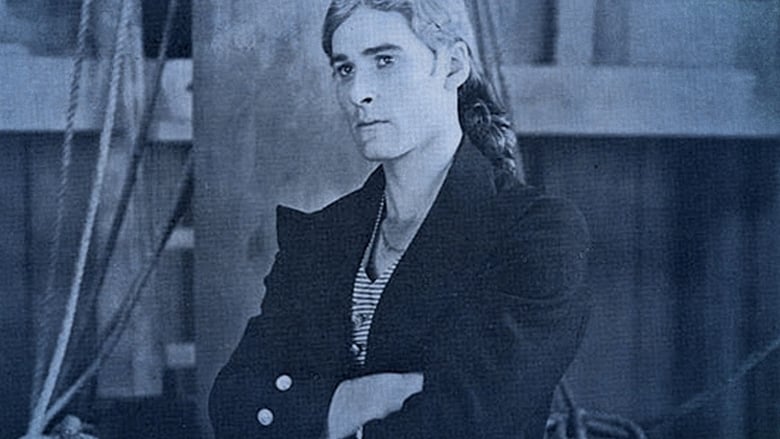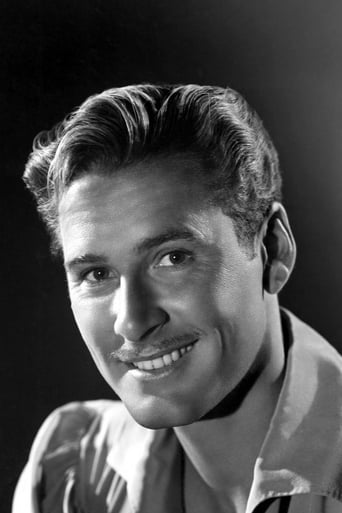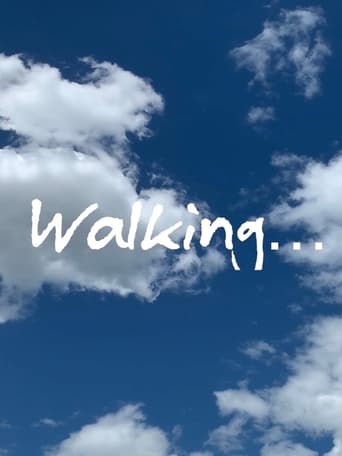In the Wake of the Bounty (1933)
The film explores the story of the Bounty and is based on the 1932 novel Mutiny on the Bounty by Charles Nordhoff and James Norman Hall.
Watch Trailer
Free Trial Channels
Cast


Similar titles
Reviews
Plot so thin, it passes unnoticed.
I gave this film a 9 out of 10, because it was exactly what I expected it to be.
I enjoyed watching this film and would recommend other to give it a try , (as I am) but this movie, although enjoyable to watch due to the better than average acting fails to add anything new to its storyline that is all too familiar to these types of movies.
The movie really just wants to entertain people.
*Spoiler/plot- Wake of the Bounty, 1933. A later-day account of the the Bounty's travels and history.*Special Stars- Errol Flynn.*Theme- Men will only be abused for so long and then they will revolt.*Trivia/location/goofs- B&W, 16mm, The earliest on camera film acting role for Errol Flynn as Fletcher Christian. He is related to a member of the Bounty main crew(not Fletcher Christian) on his mother's family side. Location shots in the South Seas where the Bounty was supposed to have traveled.*Emotion- Mr. Flynn is clearly very young, wooden, and shows little on camera charm and camera persona that would make him an icon. Almost silent movie overacting for the camera and cardboard sets in this film. A very rough and hard to enjoy story about the matters connected with The Bounty. This film is not for the average film fan. It is too hard to get through.
As the second cinematic presentation of the 1789 mutiny aboard the Bountythe first was also made in Australia in 1916this film is required viewing for anyone interested in that historical chapter.A pre-credits crawl announces the documentary and travelogue endeavor, to follow in the Bounty's wake: promising this is the first of a series from Expeditionary Films that should also entertain. As the movie opens, there is singing in an old English tavern, and the initial impression is that this is not so different from the 1935 Frank Lloyd version. A crusty old sailor recalls for his fellows the strange incidents of that voyage, in a series of flashbacks, and the differences become apparent. There are no topside nautical scenes of the Bounty, just brief shots of sails interspersed with tight settings below decks, mostly among the grumbling, mistreated sailors, and a couple with Bligh and a mute Christian. Errol Flynn in his first film is barely recognizable in that role at this point.The setting shifts outdoors, as the Tahitians spot the Bounty in the distance, eagerly gathering their boats to go out and meet it. Ashore, they put on a dancing spectacle for the crew, who are drawn into romantic relationships with the natives while living on Tahiti when the Bounty is at anchor. However, after months of bliss, the crew must return to the ship, and depart for England, a placard promising death to those who may seek to desert.After a few weeks of the voyage home the mutiny erupts, at which point Christian takes command. He denounces Bligh's treatment of him and the crew, the starvation, insults, and lashings, and sets him adrift. Flynn gives his most notable monologue asking no one to follow himbut all are eager to do so. Back in the tavern, the sailor says that Bligh made the voyage back to civilization and two decades have now passed and none knows what has become of Christian and his followers. This leaves open the question of the sailor's own point-of-view and how his omniscience was acquired.Here the movie shifts from reconstruction of historical events to become the first motion picture event to document the mutineer's haven of Pitcairn Island. Three months were spent filming there by Hollywood-trained pioneer Australian director Charles Chauvel, his wife, and cameraman Tasman Higgins, with an additional two months in Tahiti. Most of the budget was spent on this portion, leaving little for the studio shooting at Cinesound in Bondi.This second half of the dual narrative strategy is vastly more successful than the first and gives IN THE WAKE OF THE BOUNTY its timeless quality. Beginning at Tahiti, its thriving commerce and tourist aspects of the day contrast with the reception that had greeted the arrival of the Bounty, shown earlier.The expedition departs for Pitcairn Island and there finds a thriving community of fifty families. While acknowledging the bloodletting of its initial years, the aptly-named John Adams, final surviving crewman of the Bounty, took up the Bible and by his ministry created a paradise. Life is simple and agricultural, the rugged terrain supplying needs and providing the residents with a landscape photographed so as to make the viewer see Pitcairn as a new Eden. The black-and-white photography both captures the natural beauty as well as conveying the sense of a time gone by. The production of IN THE WAKE OF THE BOUNTY, particularly on Pitcairn Island, was related in a book by the director published to coincide with the movie's release, In the Wake of the Bounty--To Tahiti and Pitcairn Island (Sydney: Endeavour Press).On Pitcairn, the devout people are devoted to one another, sharing all they have equally, everyone contributing their labor, demonstrating the viability of socialism on this island. With the mix of races, and despite the inbreeding, the residents are strong and healthy, even when one individual with the Christian surname marries another. Indeed, one of the Christian descendants is described as the "Beau Brummel" of Pitcairn.Yet while there are eager visitors to this nearly inaccessible spot, with a harbor that only the trained inhabitants can navigate, there are drawbacks. In the final sequence, one of the resident's first-born is near death, and in need of a physician. A passing freighter with a doctor on board, unwilling to detour from its own course, ignores their distress signal.This startling, harsh conclusion separates the movie from other South Seas documentaries of the time. An island idyll comes at a price. The second half, with only one very brief coda of another flashback of Christian and another mutineer on the island, becomes a time capsule of an apparent paradise lost; today the island has fewer than 50 inhabitants.IN THE WAKE OF THE BOUNTY fulfills its purpose of discovering the outcome of that fateful action so long ago. Although it faced censorship over both the depiction of floggings aboard the Bounty and Tahitian women in indigenous garb, the movie was finally given educational endorsement upon its Australian release (one of seven feature-length movies made in the country in 1933). It serves as an ideal companion piece to other filmic presentations of the Bounty saga, which have either so lightly touched upon the Pitcairn portion or outrageously misrepresented its history, most notably in the shallow renditions of 1962 and 1984. The fact that IN THE WAKE OF THE BOUNTY carries forth its story to the final outcome for the mutineers was recognized by MGM when releasing its 1935 spectacular, when the studio bought the rights and used some footage in the 1935 promotional shorts PRIMITIVE PITCAIRN and PITCAIRN ISLAND TODAY. IN THE WAKE OF THE BOUNTY is distinct from other representations, a fitting monument to a historical incident and an enduring legend.
This film is a documentary. In approaching it, it helps to make allowances for the early date. But its age is also a benefit, as it is presumably the first film that was ever made of Pitcairn and shows it at perhaps its prime. I have read that the island now suffers from even fewer vessel visits and a declining population. This movie could not be replicated today, and I am glad it exists and glad to have seen it (which was quite accidental!).Movie techniques were primitive in 1933, and the film's master is not in good physical condition. The acting is (as others have commented) abysmal, with the exception of the mother towards the end of the film. I agree that the future greatness of Errol Flynn would not be guessed from this. On the positive side, the scenery is spectacular and the story is exciting.Try accepting the movie on its own terms, and you will enjoy it. I would give it more than 6 points, but have to round the number off. It is better than I expected from the average score.
This was Errol Flynn's first film and it was made before he made it to Hollywood. This will be obvious to ANYONE once they begin viewing this terrible film. It was made in Australia and it looks more like a made for school video than a real movie intended for general release. Much of it is narrated documentary--including grainy stock film. There were also some reenacted moments concerning the Bounty and they have the same stilted and uninteresting quality you would expect for a non-theatrical release. How anyone might have seen this and seen any promise in Flynn is very doubtful--he is wooden and unengaging and only seen for a small portion of the "movie". It's amazing that only a very short time later he was acting in the fantastic movie Captain Blood! It just goes to show you that first impressions don't always mean anything! This is one "forgotten" film that is best forgotten--it's only a curiosity for cinemaniacs (and VERY hard to find on video, but I've managed to buy a copy).













